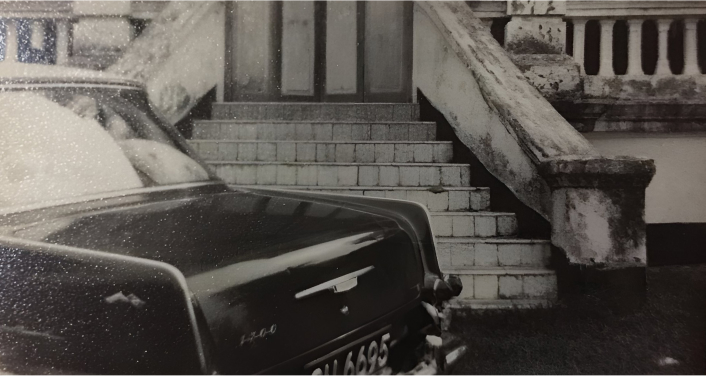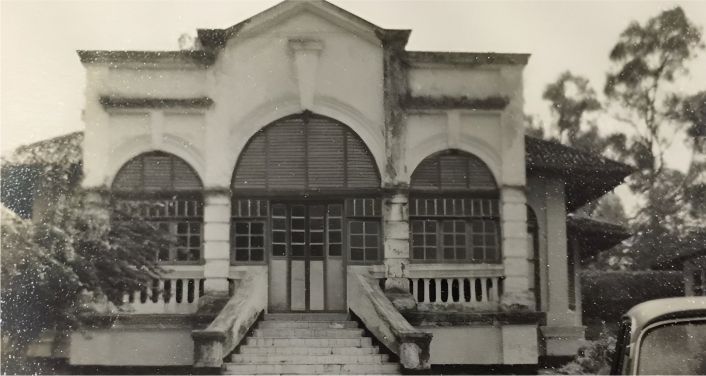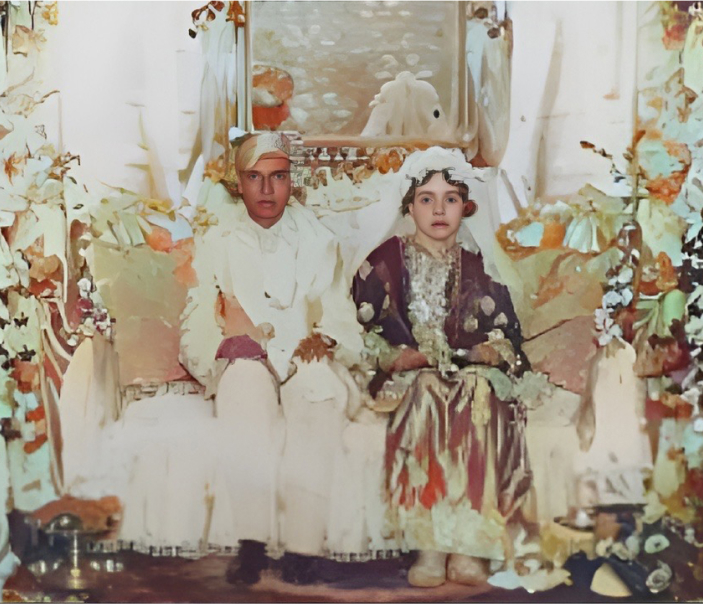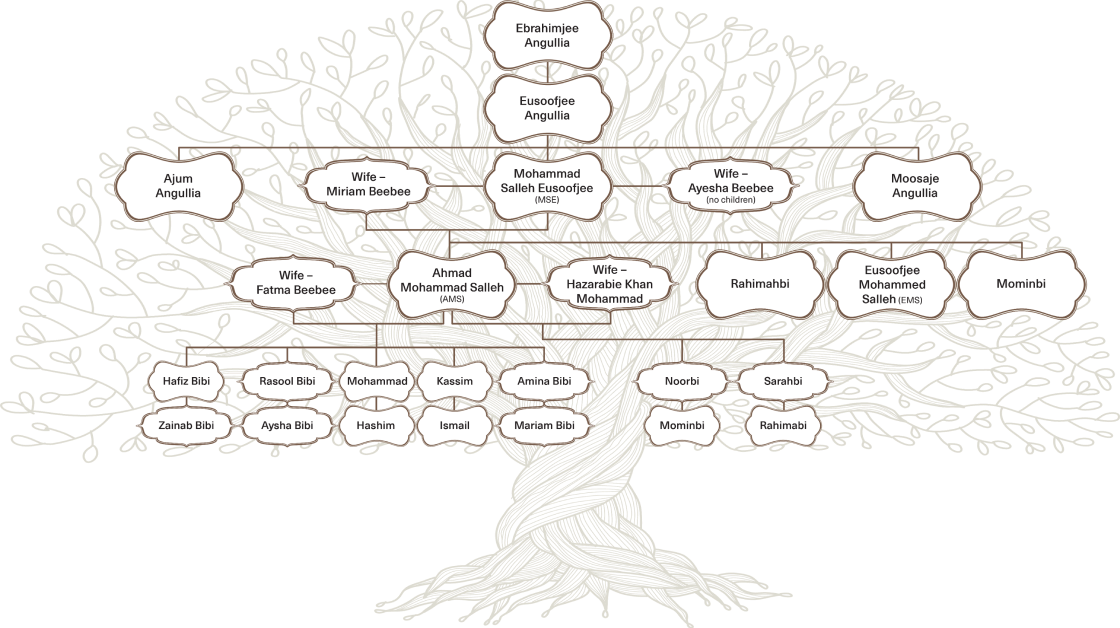
The first Angullia to land on the shores of Singapore was Ebrahimjee Angullia. He was a businessman from the town of Rander, located in the renowned port city of Surat in Gujarat, India. He was one of eight Angullia brothers who settled in various parts of South and Southeast Asia, which includes Burma, Thailand, Sumatra, Java, Malaya, Singapore, Mauritius and South Africa. He owned a shop on Kling Street.
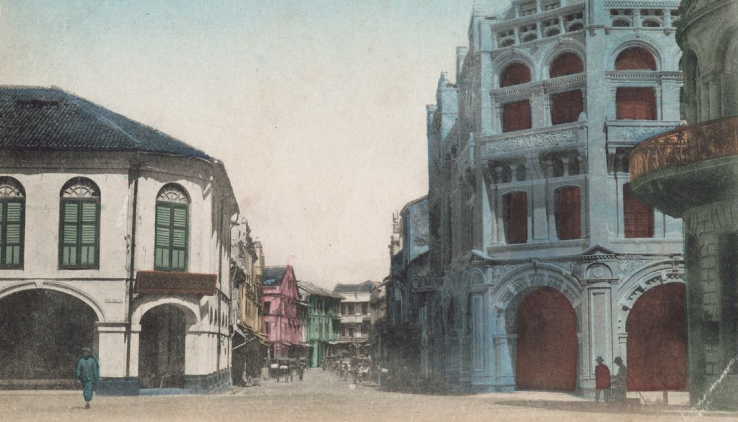
Ebrahimjee was succeeded by his son Eusoofjee Angullia. He had a warehouse on Malacca Street and harnessed his trade network between Singapore and Bombay as a consignment agent. He travelled between Gujarat and Singapore and had three sons with his wife Hafsa Beebee.
3rd Generation
Eusoofjee’s son Mohamed Salleh Eusoofjee (MSE) Angullia marked a new era in the Angullia family line in Singapore, as unlike the first two generations of sojourners who frequently returned to their families in India, MSE settled in Singapore together with his brother Moosajee. His other brother, Ajum, settled in Mauritius. MSE’s wife, Ayesha Beebee, remained in India, while he brought his other wife, Miriam Beebee, to Singapore.
He inherited the location on Malacca Street as well as Raffles Place and set up his company headquarters at Collyer Quay with the registered company name MSE Angullia & Co.
Among the various achievements during MSE’s time include:
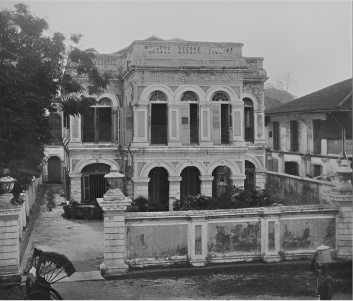
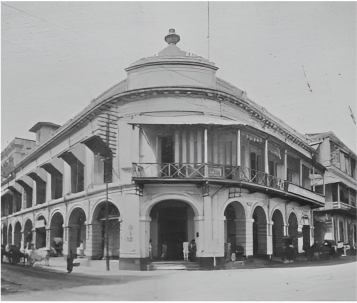
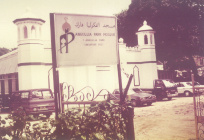
Born in 1873, he received his education at Raffles Institution and Anglo-Chinese School.
Upon his father’s passing, he took over the business and expanded it further. He also continued to use family ties to facilitate business networks with Angullia’s extended family in various countries such as India, Mauritius, Myanmar (Burma), Indonesia and Iraq. His uncle, Moosajee, assisted him in his trade and the running of business.
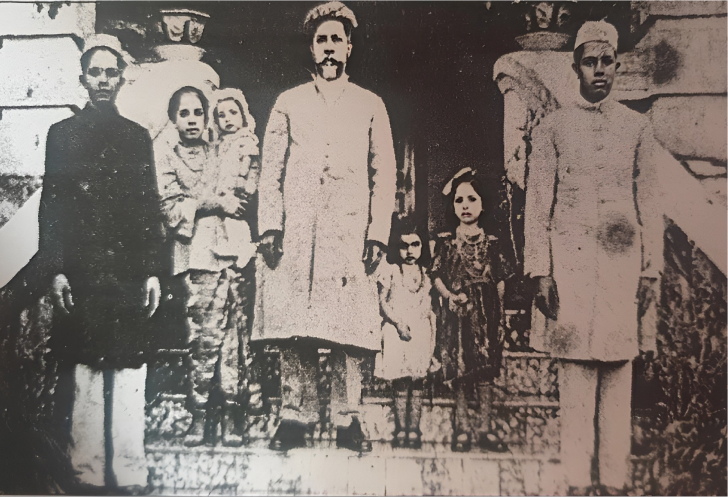
Left to right: Hashim, Mariambibi carrying Mominbi, AMS Angullia, Sarabi, Noorbi, Ismail.
He diversified into real estate, import and export of trucks, pilgrimage services, manufacturing, gemstones, gold mining and even oil production. He held several positions in business associations including serving as a three-time President of the Indian Merchant Association. He had an interest in education and was part of the Anglo-Islamic Debating Society. Like his father, he also held good standing with the British colonial government.
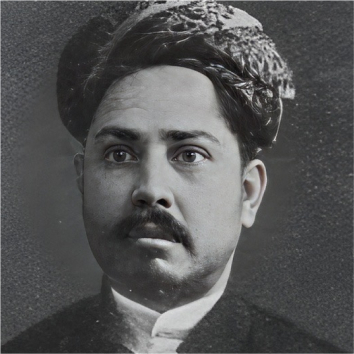
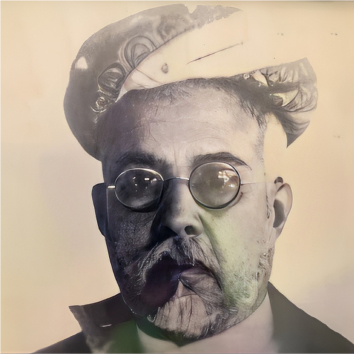
In wanting to improve the living conditions of Muslims in Singapore through charity and funding, AMS held various titles including President of the Moslem Association in 1915, a member of the first management committee of the Muslim Missionary Society of Malaya (the precursor to Jamiyah Singapore) and was a founding member of Muslimin Trust Fund Association (MTFA).
He became a trustee of the Masjid Bencoolen (formerly Hanafi Mosque) in 1906 and the Indian Muslim Rest House, built in 1939 to shelter the urban poor. Recognising the power of education, he established the M.E. Angullia Scholarship for needy Muslim boys using funds from his father's wakaf estate.
AMS also advocated English language education and played key roles in the Anglo-Islamic Debating Society, Indian Association and Indian Merchant Association.
Following his father's footsteps, AMS Angullia gained favour with the British colonial government and became the first Muslim Municipal Commissioner at the age of 35 in 1911. He served on the Mohamedan Advisory Board, was appointed Justice of Peace in 1929, and played a crucial role during the Indian Sepoy Mutiny of 1915.
AMS Angullia was a prominent importer of goods from Japan and was named the Japanese Consul of Singapore. His son, Kassim Angullia, maintained cordial relations by donating to the Nippon Red Cross during the war. Known for his real estate acumen, AMS invested in significant properties within Singapore's municipal limits by the 1920s. One notable example is Angullia Park Road, featuring nine bungalows and the picturesque Angullia Park Mosque. AMS' properties spanned from Hilton Hotel to Liat Towers and included the current Angullia Park area. His mansion, situated at 363 Orchard Road, had a driveway leading to a playground for his family and the public, while AMS preferred traveling by horse carriage despite owning multiple cars.
His hillside mansion and mosque were later acquired by the Urban Redevelopment Authority in the 1980s for city development. AMS Angullia became an influential figure in the Rochor District and was named as the Municipal Councilor for the Rochor District.
